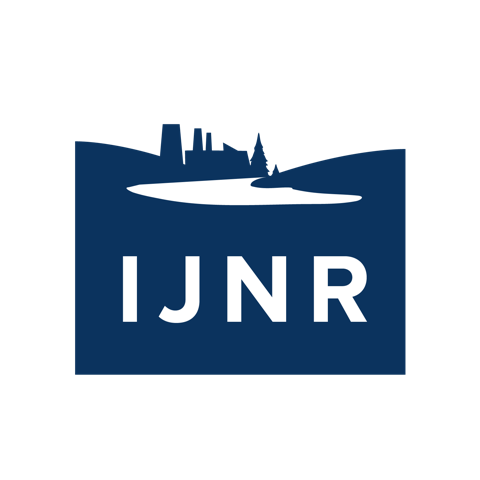Day 2: Pipelines, Southern Nevada Water Authority & Lake Mead
Las Vegas
The Last Straw: Groups Push Back Against Las Vegas’s Proposed Water Pipeline
More than a decade ago, the Southern Nevada Water Authority floated the idea of a 250-mile long pipeline to tap aquifers in far eastern Nevada. The proposal was part of a long-term plan to meet water needs in a rapidly growing city and an insurance policy against Lake Mead’s dwindling supply. A collection of environmental groups, ranchers and Native American tribes filed a lawsuit claiming the project would have irreparable ecological and cultural impacts. In 2017, a federal judge agreed, saying there was “no question” of adverse impacts and asking that the Bureau of Land Management address “deficiencies” in some of the proposal’s environmental impact statements and mitigation measures. However, citing southern Nevada’s “intractable water shortage,” the judge allowed the proposal to proceed. Over breakfast we heard from some pipeline opponents about their concerns and where things now stand.
Supply and Demand in a Boom Town: How the Southern Nevada Water Authority Meets Las Vegas’s Unquenchable Thirst
Formed in 1991 to address regional water needs in Southern Nevada, the Southern Nevada Water Authority (SNWA) serves more than 2.1 million residents and thousands of businesses and industries in Boulder City, Henderson, Las Vegas, North Las Vegas and Clark County. For much of its existence, especially the last decade, the agency has grappled with severe drought and record-low water levels in Lake Mead. At the same time, it has reduced water consumption in the Las Vegas Valley by 30 billion gallons even as 625,000 more residents moved in. We got a demonstration of the WaterWorks and discussed where the water comes from, how conservation efforts have paid off and what the agency does to address environmental concerns.
The River Card: Putting Water Back in Lake Mead
Like the last card in a poker game, the Las Vegas Wash is the last round in metropolitan water use in the Valley. Running twelve miles downstream to Lake Mead, the Wash was once a 2,000 acre stretch of wetlands acting as a natural filtration system. Today only 200 acres of those wetlands remain, making it more challenging to process the urban runoff, shallow groundwater and releases from the valley’s four reclamation facilities that account for two percent of the water in Lake Mead. We visited the wash to see ongoing efforts to control erosion, fight invasive species, plant vegetation and protect what wetlands remain.
Hoover Dam
Hoover Dam: Holding Back a Dwindling Reservoir
Built in the 1930s to hold back the Colorado River, the Hoover Dam created the largest reservoir by volume (when full) in the United States, controlled flooding and producing hydropower for three states. The dam stands more than 700 feet tall and 1,000 feet long, a monument to civil engineering and Art Deco sensibilities. But today, while no less grand a structure, the dam is producing diminishing returns. Lake Mead’s water levels continue to drop as drought and diminished snowpack upstream send less water into the Colorado River. We were lucky enough to get a behind-the-scenes tour of the dam while we talked about water policy and planning in an age of uncertainty and scarcity.
